Employee files include information which may be needed to perform Human Resources, Payroll and Managerial functions. However, not everyone needs access to every piece of information in the file. In fact certain documents must be kept highly confidential – only available to certain authorized members of the Human Resources Department.
It is important that you review the different positions in your organization which may need access to employee information and ensure they only see those parts of the employee file that are needed for them to perform their job. It is for that reason (and for legal compliance requirements) that employee information should not be placed into one all-encompassing file, but split up into separate files.
| Are documents that include medical information, SSNs or other protected class information (age, race, gender, national origin, disability, marital status, religious beliefs, etc.) SEPARATE from employment files? | o Yes | o No |
Personnel File: Includes information required for making employment decisions, and specifically relates to skills, experience and work performance. This file may be reviewed by supervisors but may be a file that is not available to the payroll department, for example.
The following are potential documents:
| 1. | Application | o Yes | o No |
| 2. | Educational transcripts/records | o Yes | o No |
| 3. | Job description | o Yes | o No |
| 4. | Offer letter | o Yes | o No |
| 5. | Test results used for employment decisions | o Yes | o No |
| 6. | Background check consent form (if applicable). (Do not include background check results). | o Yes | o No |
| 7. | Termination records/documentation | o Yes | o No |
| 8. | Reference check | o Yes | o No |
| 9. | Confidentiality/non-compete | o Yes | o No |
| 10. | Sign off sheets (such as receipt for the employee manual, drug test policy acknowledgement and consent, training) | o Yes | o No |
| 11. | Documentation related to promotions, demotions, transfers, layoffs | o Yes | o No |
| 12. | Pay/Compensation information | o Yes | o No |
| 13. | Disciplinary warnings and performance improvement plans | o Yes | o No |
| 14. | Exit interview | o Yes | o No |
Payroll File: Includes information required for administering payroll processes and may be part of the personnel file. The following are potential documents:
| 1. | W-2 Forms | o Yes | o No |
| 2. | State tax withholding forms (NC-4) | o Yes | o No |
| 3. | Garnishments | o Yes | o No |
| 4. | Any payroll records with social security numbers | o Yes | o No |
| 5. | Request for employment verification | o Yes | o No |
Medical File: Includes information related to medical conditions or benefits. The following are potential documents:
| 1. | Insurance enrollment forms | o Yes | o No |
| 2. | Workers compensation records | o Yes | o No |
| 3. | Medical leave requests and related documents | o Yes | o No |
| 4. | Beneficiary forms | o Yes | o No |
| 5. | Doctor’s notes for absences (if employer’s practice) | o Yes | o No |
| 1. | Active personnel: I-9s and any supporting documentation should be maintained separately from the personnel file. This could be in a separate binder or folder (keep all I-9s of active employees together). The purpose of this is to easily make them available is the employer is subject to an inspection by the USCIS. | o Yes | o No |
| 2. | Terminated personnel: I-9 forms can be destroyed after 1 year from the termination date or three years from date of hire, whichever is later. Terminated I-9 forms should be maintained separately from the active I-9 files, filed by month/year of purge date. | o Yes | o No |
| 1. | Are terminated files locked and secured with limited access? | o Yes | o No |
| 2. | Does the employer have a regular (weekly, monthly or quarterly) disposal plan for documents that have exceeded record retention guidelines? | o Yes | o No |
| 3. | Are employment records that have met or exceeded record retention requirements disposed of via shredding, burning or fully destroying these records? | o Yes | o No |
| 4. | Are files related to a current or potential lawsuit maintained by legal counsel or in some other way marked to be exempted from destruction? (Best to keep separate in confidential file.) | o Yes | o No |
Other Considerations:
- How long should we keep records?
Record retention requirements can be found in the Tools and Templates section of the Legal Basics section of the HR Essentials Toolkit. You may also want to review the Lilly Ledbetter Act in the Desk Manual (Chapter 12) before making a company decision on record retention.
- What kinds of resources are available?

